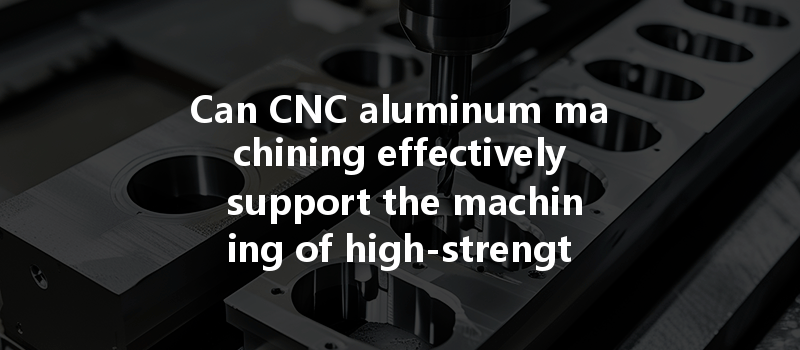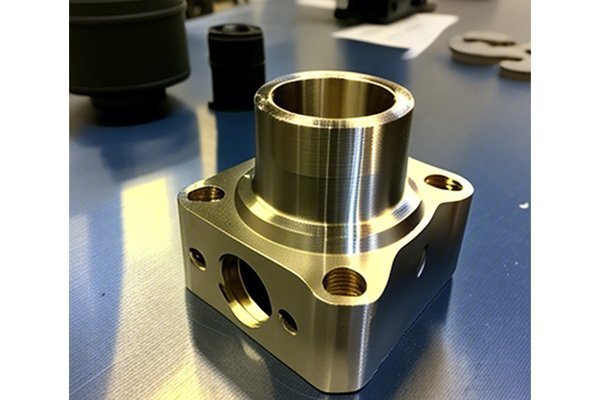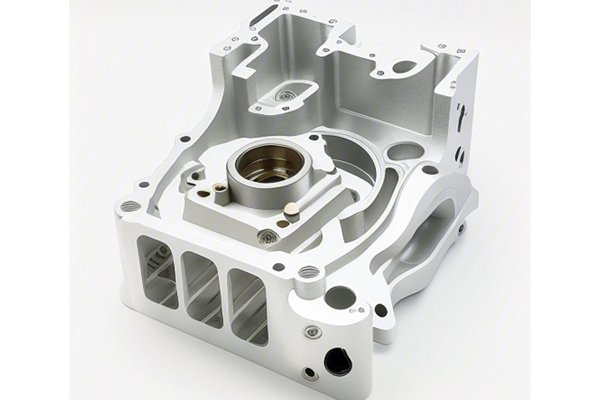Did you know that aluminum is one of the most widely used metals in the world, accounting for approximately 8% of the Earth’s total mass? Its lightweight nature, excellent corrosion resistance, and superior strength-to-weight ratio make it increasingly popular in industries such as aerospace, automotive, and construction. However, in recent years, manufacturers have turned their attention to high-strength aluminum alloys that offer even better performance characteristics. This move raises an important question: Can CNC (Computer Numerical Control) machining effectively support the machining of these high-strength aluminum alloys? In this extensive blog, we will explore this question in-depth, providing insights, solutions, and practical applications.
Understanding CNC Aluminum Machining
What is CNC Machining?
CNC machining is a subtractive manufacturing process that utilizes computerized controls to accurately remove material from a workpiece to achieve desired dimensions and surface finishes. This technology supports various materials, including metals, plastics, and composites, making it extremely versatile.
Why Aluminum?
Aluminum is the metal of choice for many manufacturers due to its lightweight properties, which help reduce overall production costs. In industries that require a reduction in weight for improved efficiency, such as aerospace and automotive sectors, aluminum is often the go-to material.
What are High-Strength Aluminum Alloys?
High-strength aluminum alloys, like 7075 and 7050, offer improved tensile strength and fatigue resistance compared to standard aluminum. These alloys are often used in applications that require a tough, durable material, combining the ease of machining associated with aluminum and the performance properties of higher-grade materials.
Challenges in Machining High-Strength Aluminum Alloys
Increased Hardness and Toughness
One of the significant challenges in CNC machining of high-strength aluminum alloys is their increased hardness. While they possess remarkable properties, they can be quite difficult to machine, leading to rapid tool wear and increased production costs.
Cutting Tool Selection
Choosing the right cutting tool is critical. High-strength aluminum alloys often require specialized cutting tools made from high-speed steel or carbide materials coated for endurance. Selecting tools with specific geometries can significantly enhance performance.
Machining Parameters
Optimizing machining parameters such as speed, feed rate, and depth of cut is crucial when working with these alloys. While aluminum is generally machined at high speeds, high-strength variants require a careful balance to prevent overheating and tool degradation.
Solutions for Successful CNC Machining of High-Strength Aluminum Alloys

Real-World Applications and Case Studies
Aerospace Industry
The aerospace sector has been at the forefront of adopting high-strength aluminum alloys due to the significant weight savings and improved mechanical properties. Companies within this industry report successful CNC machining practices that have helped streamline production timelines while maintaining high-quality standards.
Automotive Innovations
The automotive sector relies heavily on high-strength aluminum alloys for car body structures, frames, and components. Efforts toward optimizing CNC machining processes have resulted in decreased manufacturing costs and enhanced vehicle performance metrics.
Future Trends in CNC Machining for High-Strength Aluminum Alloys
Automation
As CNC technology continues to evolve, expect a greater push towards automation in machining processes. Smart factories with interconnected devices could dramatically increase efficiency, enabling manufacturers to maintain competitiveness in a global market.
AI and Machine Learning
The integration of artificial intelligence in CNC machining will lead to predictive analytics and machine-learning capabilities. These innovations will further refine processes, helping manufacturers optimize tool paths, manage tooling changes, and predict maintenance schedules with ease.
In conclusion, the question of whether CNC aluminum machining can effectively support high-strength aluminum alloys is answered affirmatively. Through careful selection of tools, optimized machining parameters, advanced cooling techniques, and the incorporation of modern technologies, manufacturers can overcome the challenges presented by these robust materials.
The insights shared in this blog highlight the importance of continual adaptation in machining practices. As the demand for high-strength aluminum alloys grows, so too will the need for enhanced machining capabilities. The methods explored showcase that with the right approach, CNC machining can indeed excel in this area.
By understanding and implementing the solutions discussed, manufacturers can pave the way for increased efficiency, reduced costs, and superior product quality. As you reflect on this information, consider how these innovations can shape your own operations and contribute to advancements in your industry. The future is bright for CNC machining, especially for high-strength aluminum alloys, and staying informed about these developments is crucial for any organization aiming to thrive in a competitive landscape.
Related Posts
- How Can We Optimize Cost Control and Production Efficiency in CNC Machining of Electronic Cigarette Shells?
- How does surface hardening treatment in CNC processing optimize the processing effect and enhance part durability?
- How Does Five Axis CNC Machining Revolutionize Metal Fabrication in Modern Manufacturing?






